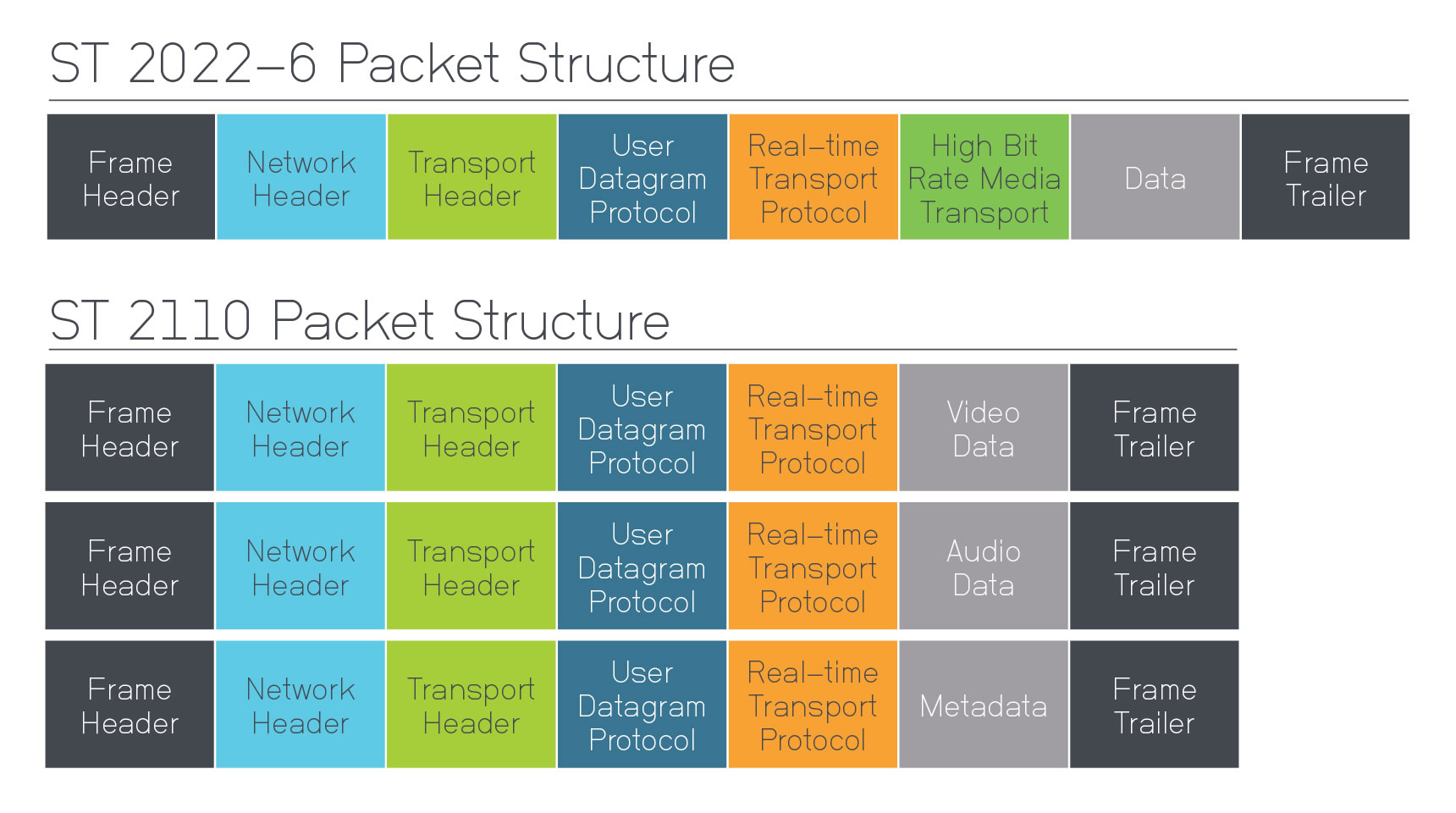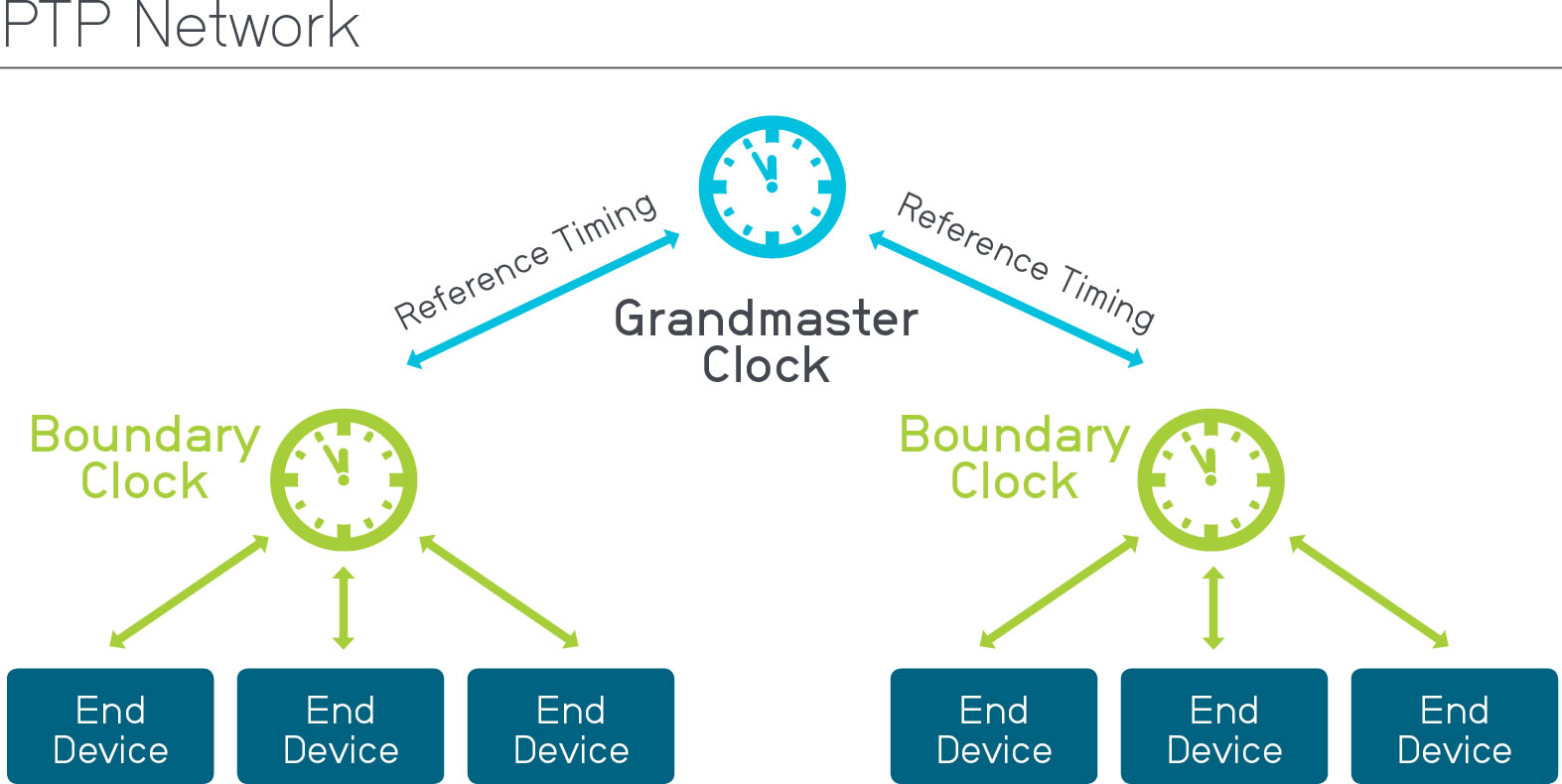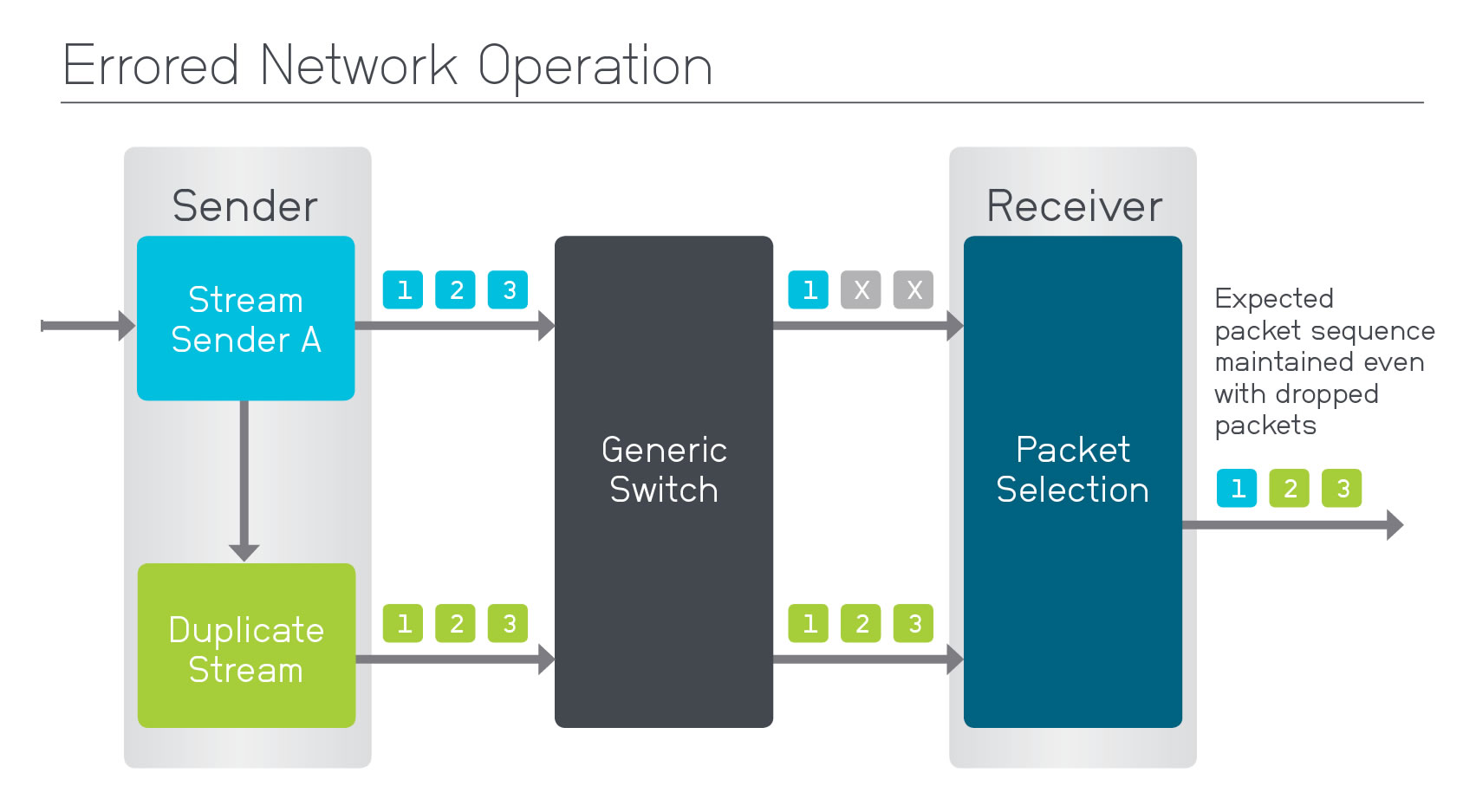What Does Video Over IP Really Mean?
Video over IP and audio over IP describe a new, internet-based, method of transmitting video and audio content in much the same way Serial Digital Interface (SDI) cables have done for years.
The major difference is that media inputs are deconstructed into different streams and then sent over an Internet Protocol (IP) network as individual packets as opposed to down an individual SDI cable linking two discrete points. Once the information arrives at its destination, it is reassembled and aligned using a synchronization technology known as Precision Time Protocol (PTP).
Full replacement of SDI with mainstream IP technology has long been a vision for many in the industry. With 10G and 25G Ethernet switches now commonplace, the transition to video over IP is gaining momentum.
In contrast to the constraints of the single data line utilized by SDI, IP environments combine video, audio, and ancillary data (data such as subtitles, closed captions, and timecode) into a single network data flow or “pipe”. This results in a significant reduction in inter-connection complexity. As network bandwidth increases, the infrastructure required by facilities will get ever simpler.
For all of these reasons, video over IP broadcast workflows are becoming increasingly attractive.
How Does the Technology Work?
There are numerous complex sounding standards that define how professional video, audio, and ancillary data (also referred to as metadata) should be carried on an IP network. Currently, SMPTE 2022 standards govern how high bit-rate media is carried on IP networks
In this structure, video, audio, and ancillary data travel together as a synchronized stream of data packets. This is not ideal in production environments, in which people need to manipulate or edit individual data streams. This challenge is addressed in SMPTE 2110 where video (2110-20), audio (2110-30), and ancillary data (2110-40) are carried in separate IP flows as shown to the left.

While more suited to the production environment, this structure introduces a complication as it requires accurate system synchronization technology to avoid associated video, audio, and ancillary data arriving at the destination at different times. These errors often cause poor customer experiences such as voices not matching the movement of an actor’s lips. In 2110 IP networks, each video and audio stream contains timestamps to prevent loss and allow errors to be removed. These timestamps are enabled by a method called PTP – Precision Time Protocol – as defined by SMPTE 2059 and IEEE 1588.

Video over IP and audio over IP describe a new, internet-based, method of transmitting video and audio content in much the same way Serial Digital Interface (SDI) cables have done for years.
This supplies the overall system reference to end-point devices. The protocol consists of specific messages to measure timing in both directions and enable the end device to adjust its own time to accurately match that of the Grandmaster.
A key element of a PTP synchronization system is to have two or more Grandmasters to provide redundancy.
This means that, should the active Grandmaster disconnect from the network, the system relies on the implementation of what is known as the Best Master Clock Algorithm (BMCA) to determine which device will immediately take over as the Grandmaster, keeping the entire experience confidently in synchronization.
The broadcast industry has always relied on redundant (backup) networks to ensure the dependable delivery of content. This remains true in Video over IP networks, and SMPTE 2022-7 defines how separate IP paths are used to carry duplicate content so that receivers can make use of frame numbers to execute clean switches should there be gaps in the packet sequence of the primary path.


Where Do I Start?
The transition from SDI to a pure IP environment will take years to achieve and hybrid SDI/IP environments will exist throughout this time. However, the goal of delivering quality content to customers and the need to troubleshoot associated challenges remains the same.
New skill sets and tools are needed. A key differentiator in today’s evolving broadcast space will be reliable media monitoring and analysis tools that help engineers establish, analyze, and quickly troubleshoot the transmission of video, audio, and ancillary data content in hybrid SDI & IP network environments. Tektronix offers the industry standard for professional SDI & IP video monitoring solutions as well as reliable Grandmaster solutions for both environments.
Continue here to dig deeper into this analysis and how it works for you!